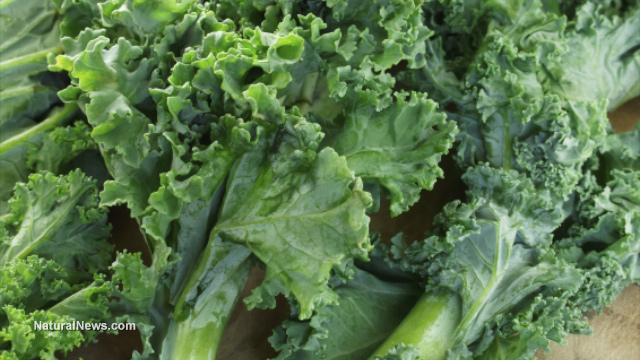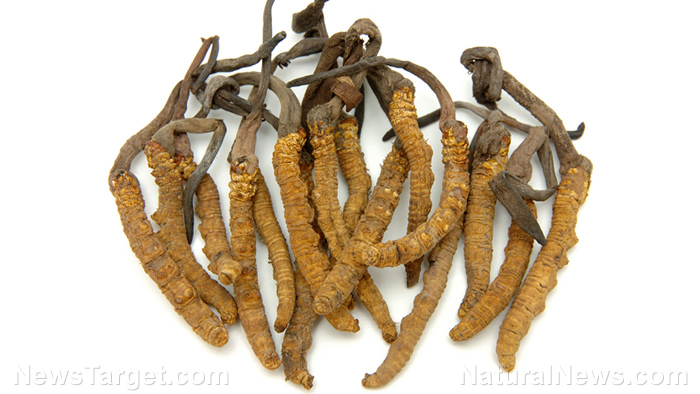What do mining and chocolate have in common? Deforestation of rainforests
11/13/2017 / By Janine Acero

Forests cover about 30 percent of the planet, but deforestation is clearing these essential habitats and converting them into farms and ranches, among others. This damaging method is most prevalent in tropical rainforests such as the Amazon rainforest in Brazil. This method ruins the quality of the land and forces many species of animals to cram into smaller, more limited space. The worst of it is that deforestation drives some animals to extinction.
The biggest driver of deforestation is agriculture, more notably the production of cocoa in less-developed countries; however, a recent study reveals that mining-induced deforestation has mostly devastated the Amazon jungle between 2005 and 2015.
Major drivers of deforestation
Cocoa, or chocolate, is an export product that is largely consumed in developed nations such as the United States. However, the beans from which our favorite treat is made, are almost exclusively grown and harvested in less-developed nations in West Africa, Asia, and Central and South America. These countries have an extremely small demand for this luxury crop than anywhere else in the world, and they happen to depend on this product for their livelihoods. Many of the small farmers growing cocoa live in poverty – only about three percent of the price of each chocolate bar goes to the farmer.
Mark Noble, visiting assistant professor of sociology and anthropology at Lehigh University, reveals a link between cocoa exports and deforestation, in a newly published research. Noble notes that “recent reports suggest damaging trends due to more demand and changing cultivation strategies.” This means that the higher the concentration of cocoa exports, the more elevated the rates of deforestation across producing nations are.
“I was surprised to see how there is evidence that cocoa exports are linked to deforestation where they were not less than 20 years ago,” says Noble. He also highlights that the demand pressures for increased cocoa exports further impairs the possibilities for successful or sustainable development in lesser-developed nations: “Now increased demand and more industrial growing practices are leading to pressure on forests where this was not the case in prior decades.”
While agriculture remains the leading cause of deforestation, a recent study reveals that mining operations in Brazil have contributed to roughly 10 percent of forest loss in the Amazon between 2005 and 2015. (Related: Deforestation in the Amazon increased 29 percent over the past year.)
The study, led by the University of Vermont, finds that around 90 percent of mining-induced deforestation was 12 times greater outside the mine lease areas granted by Brazil’s government, than within them.
Laura Sonter of UVM’s Gund Institute for Environment says that the current rate of deforestation caused by mining has hit the 10 percent threshold, which is already alarming and warrants action. “These results show that mining now ranks as a substantial cause of Amazon forest loss.”
According to researchers, mining infrastructure, which includes housing and new transportation routes (roads, railways and airports) built by mining companies or developers, is a form of off-lease deforestation. Key minerals targeted by mining companies in the Amazon include iron ore for steelmaking and bauxite to produce aluminum.
“Our findings show that Amazon deforestation associated with mining extends remarkable distances from the point of mineral extraction,” says Gillian Galford of UVM’s Gund Institute and Rubenstein School of Environment and Natural Resources.
The researchers tracked landscape changes around the Amazon’s 50 largest active mines, analyzing 10 years of deforestation data from Brazil’s Space Agency (INPE).
“We hope these findings help government, industry, and scientists to work together to address this issue,” says Sonter, who led the study as a UVM postdoctoral researcher, before joining the University of Queensland (Australia).
The research is published in Nature Communications.
Sources include:
Tagged Under:



















